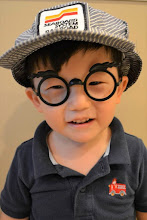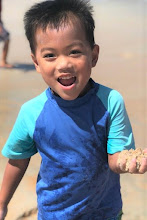It's a look.
It's a feeling.
It's a person. with such void. such emptiness. without hope.
As we sat at New Hope watching the children, I didn't really want to take pictures. I wanted to watch. To really look at the children. To look into their eyes as they looked at me. To think what they must be thinking. To think about what they might be feeling.
Some children were bright-eyed and vibrant. Others looked hollow. empty. listless. void of emotion. These were the newcomers, no doubt.
What would it be like to be an orphan—with no one who really cared? With no one who really knew you? With no one who really understood you? With no one who truly cared if you were sick or well? To be an orphan who barely got fed or changed. To be an orphan who learned not to cry, because no one cared and no one was coming.
Oh, yes. People care—to get a paycheck. But, at the end of their shift, they are gone. Gone.
And they are left with no one to come and comfort each and every wound, care, tear, nightmare, etc.
Hopelessness.
It. is. visible.
Then, children get terribly sick or hurt and are blessed to be chosen to be transferred to care centers like New Hope or Maria's Big House of Hope. They are looked at and noticed. They are touched and cradled. They are held and kissed.
And hope enters their lives.
Even for just a short time.
We Americans can hardly understand hopelessness. We have hope—even if it's just in insurance, in the phone call from a friend, in warm housing, or food in the refrigerator. Hopelessness is foreign to most of us. Yet, it is very much alive and around the world.
What if each of us who had hope could give hope? What if even a few dollars a month was given to care for an orphan or widow who was truly hopeless?
What if we went and served the hopeless? What if we held a widow or orphan and brought a warm sense of love—even for a moment—into a life void of touch or love?
I wish each one of us would really see, understand, or feel hopelessness at some point in our lives. Then, perhaps, we would live to care for others—instead for ourselves.
From hopeless to hopeful. It is a sight to behold.
And at New Hope, as children come and go, as they are served and returned to their orphanages, the entire gamete of hopeless to hopeful is written all over the children's faces.
There are helpless and hopeless everywhere.
What will I do now to help?








1 comment:
Ummh, so well spoken. Knowing He will use your words. Praying many are touched by your love on this trip. Blessings!
Post a Comment